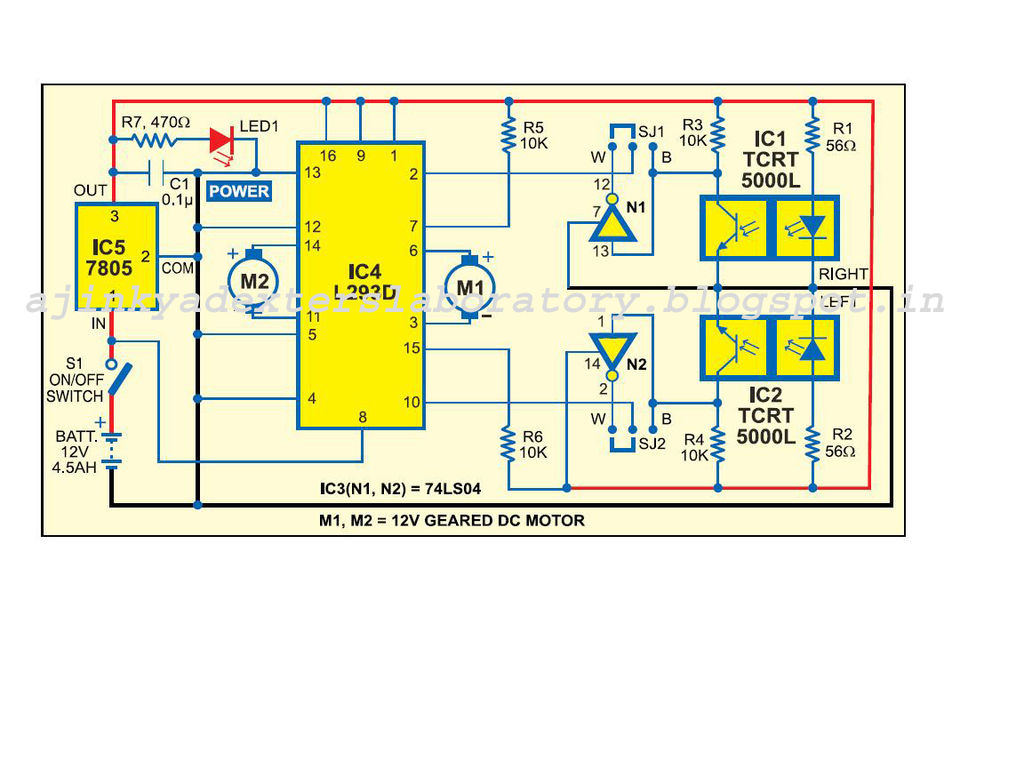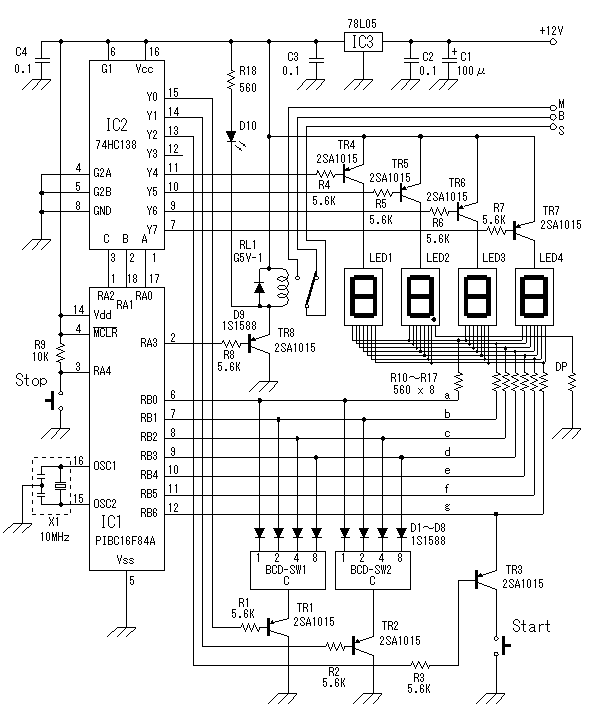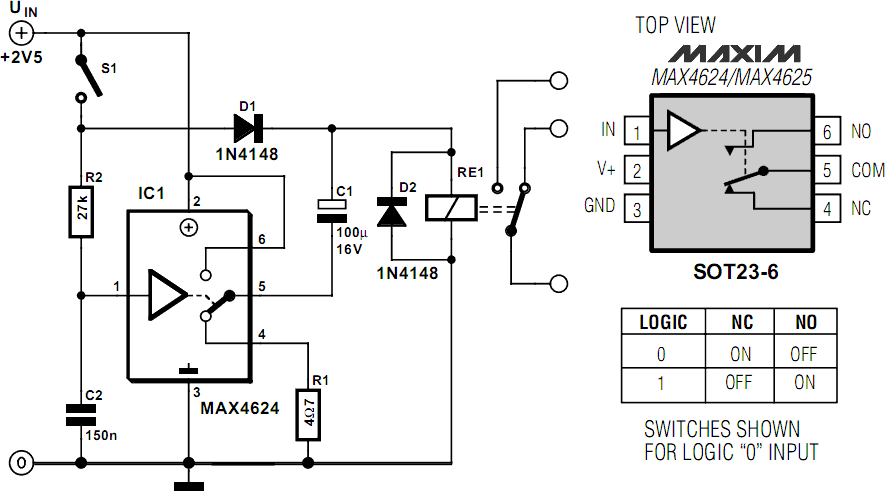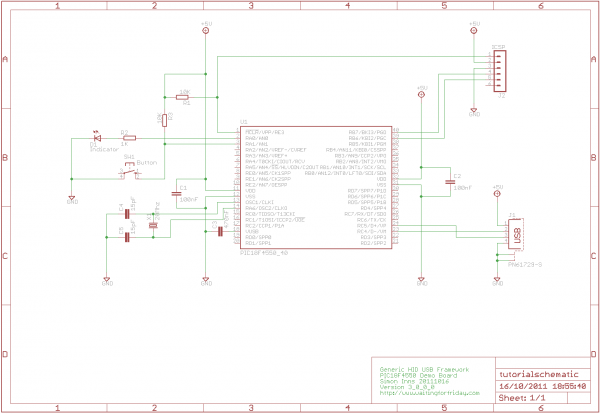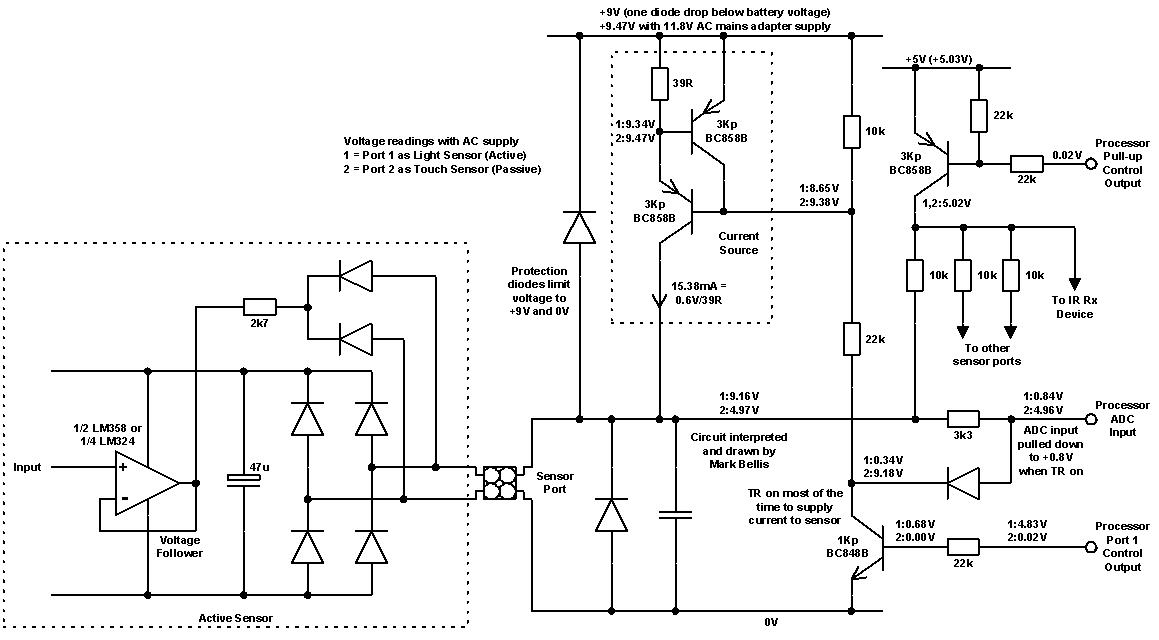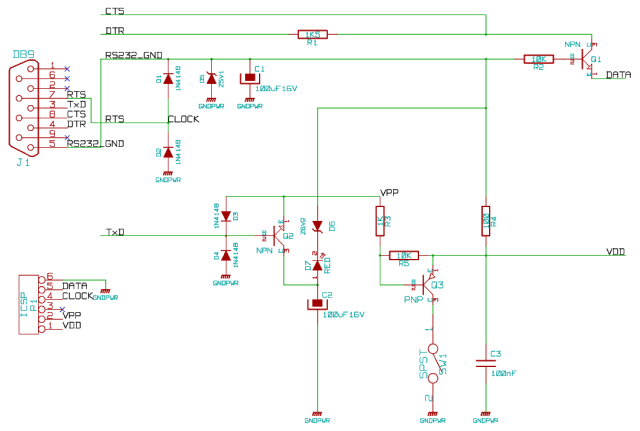
pic serial communition in pic microcontroller

An introductory post on how to use serial communication in PIC Microcontrollers to send data to a PC. When considering serial communication, the primary thought is the transmission of data in a sequential manner. Until now, the focus has been on single bits, turning them on and off. However, serial communication is essentially the same concept of on and off, with the addition of specific rules and timing that enhance its reliability and accuracy as a communication protocol.
Serial communication is a method used to transmit data between devices, one bit at a time, over a single channel. In the context of PIC Microcontrollers, this process typically involves the use of Universal Asynchronous Receiver-Transmitter (UART) modules, which facilitate the serial communication between the microcontroller and a PC or other devices. The fundamental advantage of serial communication lies in its simplicity and efficiency, particularly when dealing with long distances or multiple devices.
The process begins with configuring the UART settings on the PIC Microcontroller, which includes selecting the baud rate, data bits, stop bits, and parity. The baud rate determines the speed of data transmission, while the data bits define the size of each data packet. The stop bits signal the end of a data packet, and parity is an optional error-checking mechanism.
Once the UART is configured, data can be sent from the PIC Microcontroller to the PC. This involves writing the data to the transmit register of the UART module, which then serializes the data and sends it out through the TX pin. On the receiving end, the PC uses a serial port to read the incoming data stream, which is then processed according to the established communication protocol.
In practical applications, serial communication can be utilized for various purposes, such as sensor data transmission, control signals, or debugging information. The implementation of serial communication in PIC Microcontrollers is crucial for enabling effective interaction between embedded systems and external devices, making it a fundamental aspect of modern electronics design.An introductory post on how to use serial communication in PIC Micrcontrollers to send data to PC. What comes first in your mind when you listen serial communication ? Yes, how to send data in series. All this time you have been working single bits, turning on and off. Well serial communication is nothing more than on and off, but the only difference is that it has certain rules and timings which make it the reliable and accurate communication protocol among all 🔗 External reference
Serial communication is a method used to transmit data between devices, one bit at a time, over a single channel. In the context of PIC Microcontrollers, this process typically involves the use of Universal Asynchronous Receiver-Transmitter (UART) modules, which facilitate the serial communication between the microcontroller and a PC or other devices. The fundamental advantage of serial communication lies in its simplicity and efficiency, particularly when dealing with long distances or multiple devices.
The process begins with configuring the UART settings on the PIC Microcontroller, which includes selecting the baud rate, data bits, stop bits, and parity. The baud rate determines the speed of data transmission, while the data bits define the size of each data packet. The stop bits signal the end of a data packet, and parity is an optional error-checking mechanism.
Once the UART is configured, data can be sent from the PIC Microcontroller to the PC. This involves writing the data to the transmit register of the UART module, which then serializes the data and sends it out through the TX pin. On the receiving end, the PC uses a serial port to read the incoming data stream, which is then processed according to the established communication protocol.
In practical applications, serial communication can be utilized for various purposes, such as sensor data transmission, control signals, or debugging information. The implementation of serial communication in PIC Microcontrollers is crucial for enabling effective interaction between embedded systems and external devices, making it a fundamental aspect of modern electronics design.An introductory post on how to use serial communication in PIC Micrcontrollers to send data to PC. What comes first in your mind when you listen serial communication ? Yes, how to send data in series. All this time you have been working single bits, turning on and off. Well serial communication is nothing more than on and off, but the only difference is that it has certain rules and timings which make it the reliable and accurate communication protocol among all 🔗 External reference
